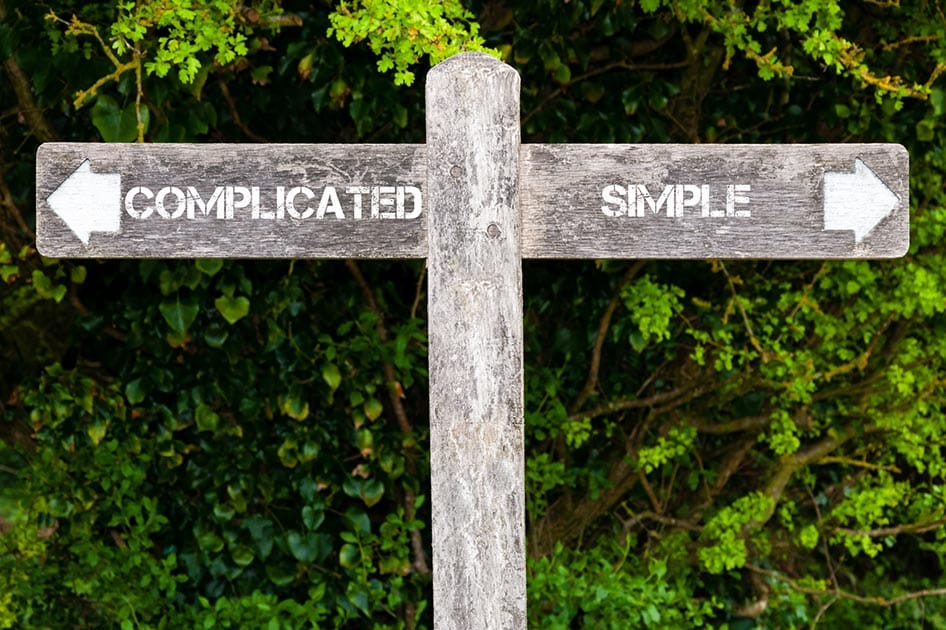Objectives
Practice listening to and saying some language phrases and vocabulary, on their own and in context.
- big/small, dark/light, interesting/boring, beginning/end, old/new, old/young etc.
- You are/it is/I am/he is/ it is _____.
Video introduction
Have students watch the video as an introduction to the unit. First time they watch it, second time they can call out the items in the video by name, as prompted by the teacher.

Audio
The audio phrases are the target language. It is played 3 times. First time, just listen. Second time, listen and repeat. Third time, circle items on worksheet while they listen and repeat.

Opposites Worksheet
The worksheet is to be used in 2 ways. First, the items on the top are to be circled while listening to the audio. Second, the bottom portion is to be filled out by each student. The bottom part can be shared with the class once complete, giving students an opportunity to talk about what they’ve made, using target language.

Big and Small Book
The picture book can be printed and given to pairs of students who take turns “reading” it to each other.

Reading Time
- Opposites
- What’s Up, Duck? A Book of Opposites
- Black? White! Day? Night!
- The Foot Book: Dr. Seuss’s Wacky Book of Opposites
The story book “Opposites” should be purchased ahead of time or borrowed from the library. Read the story to the students and ask the following questions.
- What is the opposite of big?
DR (small) - What is the opposite of short?
DR (Tall) - What is the opposite of high?
DR (low) - What is the opposite of fast?
DR (slow) - What is the opposite of day?
DR (night) - What is the opposite of old?
DR (young.) - Are you old?
DR (I am young.)


